Biological Mechanisms of Animal Adaptation to Alpine Environments
Introduction
Alpine environments are characterized by harsh conditions including low temperatures, high winds, intense ultraviolet (UV) radiation, and a scarcity of food and oxygen. These conditions present significant challenges to animal survival and have led to the evolution of a variety of unique biological adaptations in alpine species. This article will explore the various mechanisms through which animals adapt to survive and thrive in alpine environments.

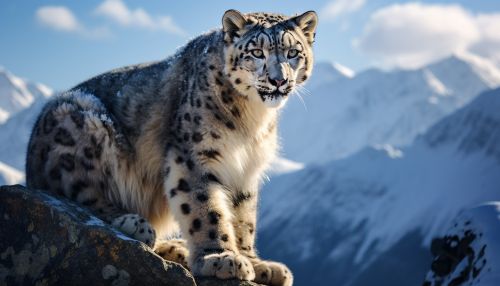
Physiological Adaptations
Thermoregulation
One of the primary challenges of alpine environments is the cold temperature. Animals have developed various thermoregulatory adaptations to cope with this. For instance, many species have evolved a thick layer of fur or feathers for insulation. Some animals, like the snow leopard, have a dense, woolly undercoat that provides additional warmth.
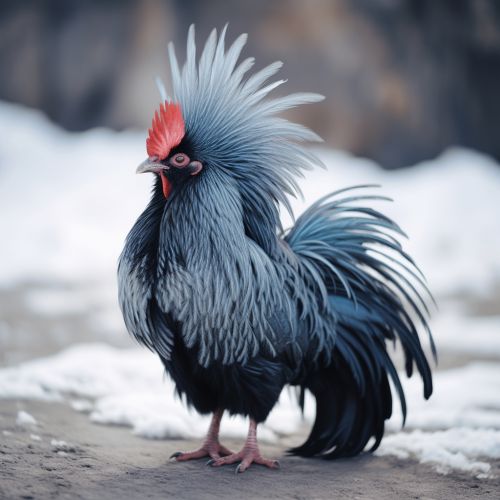
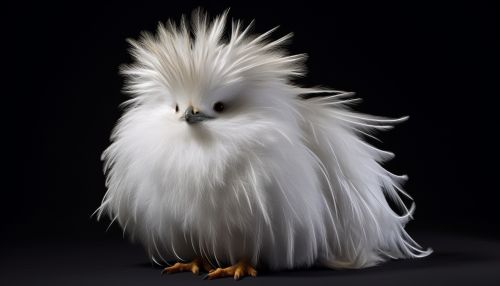
Metabolic Adaptations
Animals in alpine environments also exhibit metabolic adaptations. They have evolved to have a higher basal metabolic rate (BMR), which generates more internal heat. Some species, such as the alpine marmot, also undergo hibernation during the coldest months, reducing their metabolic rate and conserving energy.
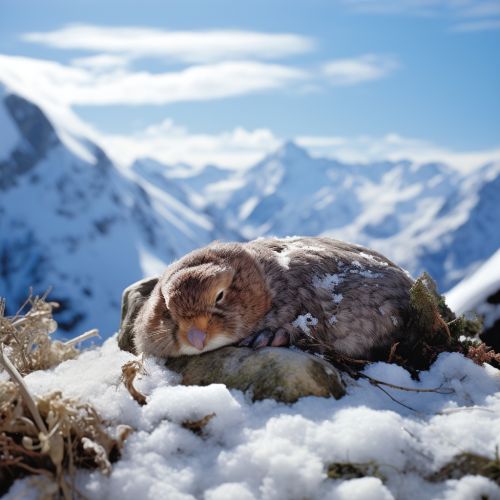
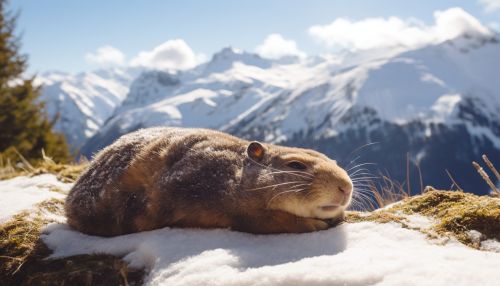
Oxygen Uptake and Delivery
The thin air in alpine environments contains less oxygen, posing a challenge to animals that require oxygen for metabolism. To cope with this, many alpine animals have evolved adaptations to improve oxygen uptake and delivery. For example, the bar-headed goose, which migrates over the Himalayas, has a higher concentration of oxygen-carrying hemoglobin in its blood and more capillaries in its muscles.
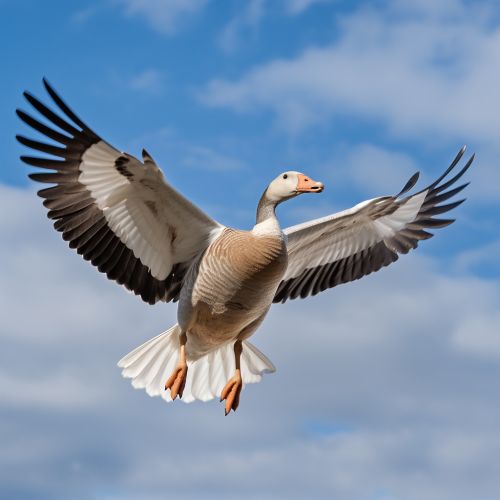
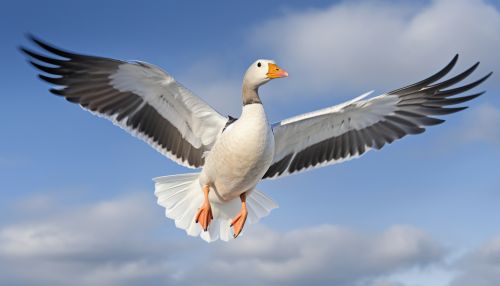
Behavioral Adaptations
Behavioral adaptations are another crucial aspect of survival in alpine environments. These include changes in feeding habits, social behavior, and migration patterns.
Feeding Habits
Food is scarce in alpine environments, especially in winter. Some animals, like the alpine ibex, have adapted by becoming opportunistic feeders, eating a wide variety of plant material. Others, such as the snowshoe hare, change their diet seasonally.
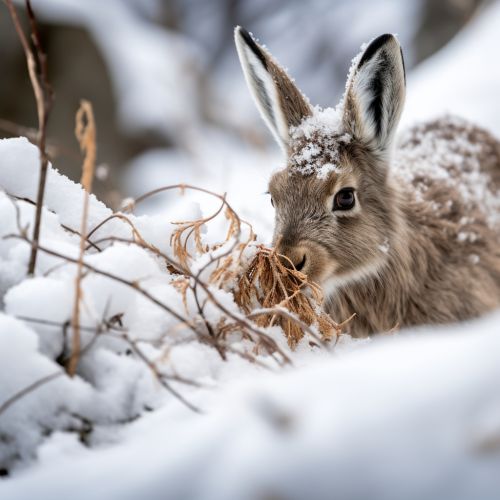
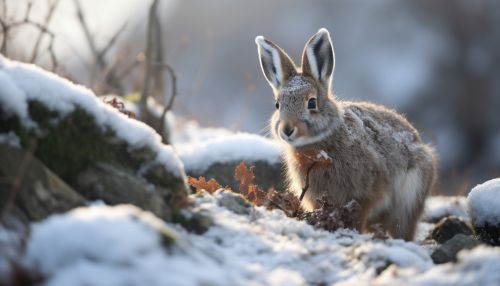
Social Behavior
Social behavior is another important adaptive strategy. For instance, the alpine marmot lives in colonies, which helps in predator detection and defense. Similarly, the musk deer uses a solitary lifestyle to reduce competition for resources.
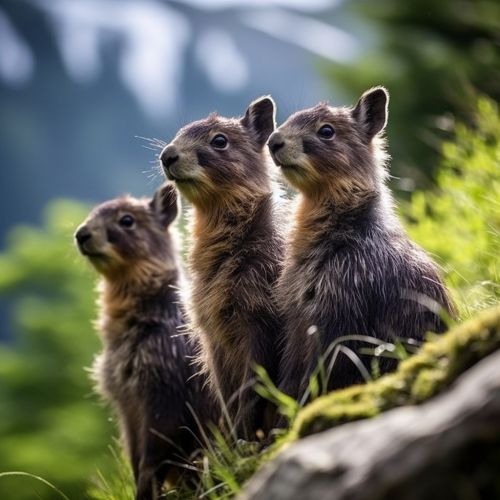
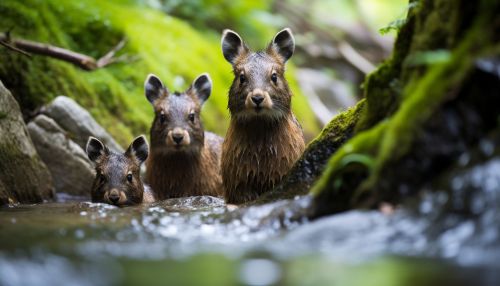
Migration
Many alpine animals migrate to lower altitudes during the harsh winter months. This migration allows them to access more abundant food resources and avoid the extreme cold. Examples include the bharal and the chiru.
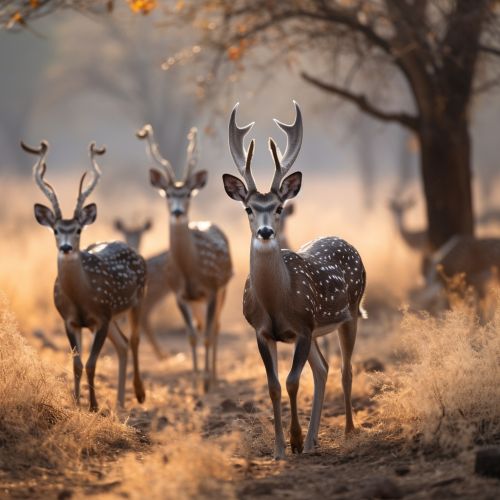
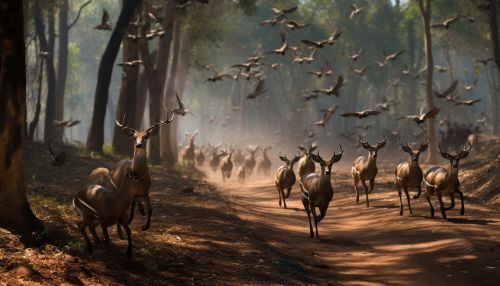
Morphological Adaptations
Morphological adaptations refer to physical changes in the body structure of an animal that aid in survival. In alpine environments, these adaptations often involve changes in body size, shape, and color.
Body Size and Shape
The harsh conditions of alpine environments favor animals with a compact body shape, which reduces heat loss. Many alpine species, such as the alpine chough, are smaller and more compact than their lowland counterparts.
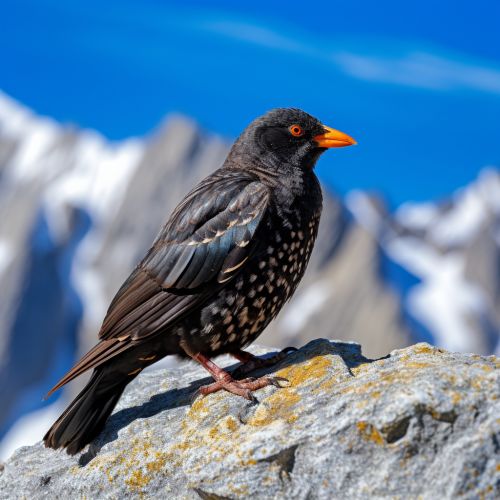
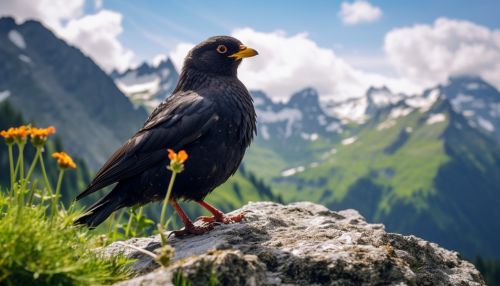
Coloration
Changes in coloration are another common morphological adaptation. Many alpine animals, like the snow leopard and the ptarmigan, change their fur or feather color seasonally to blend in with the snow, providing camouflage against predators.
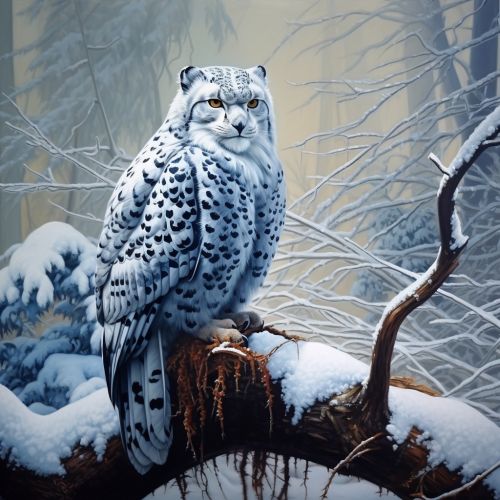
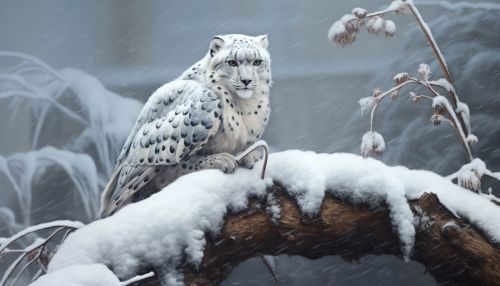
Conclusion
The harsh conditions of alpine environments have led to the evolution of a variety of unique biological adaptations in animals. These adaptations, which include changes in physiology, behavior, and morphology, enable these animals to survive and thrive in these challenging environments. Understanding these adaptations not only provides insight into the remarkable resilience of life but also has potential applications in fields such as conservation biology and medicine.
